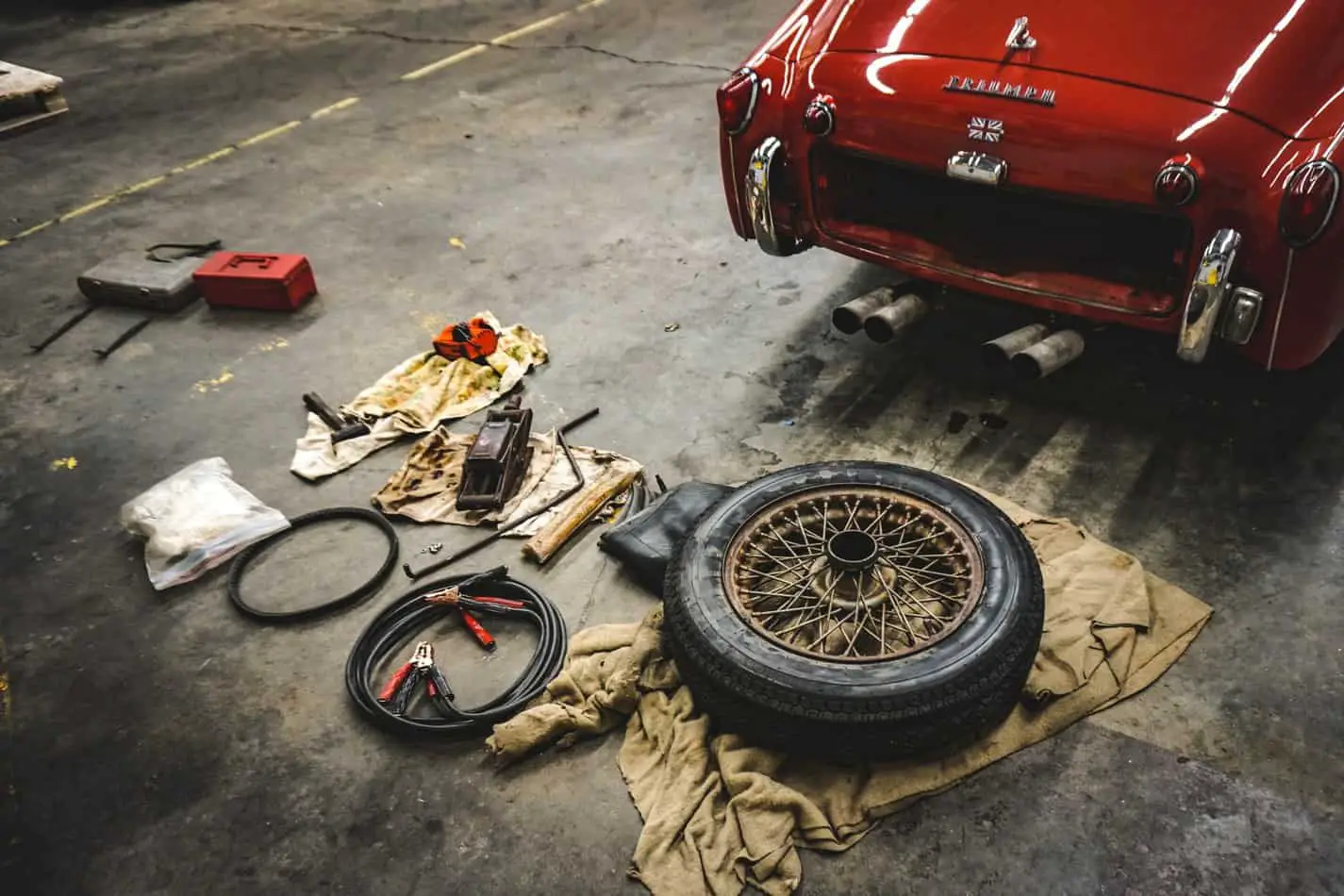Knowing there’s a problem with your brake caliper piston before setting out on a journey is crucial. In many instances, when there’s an issue with a brake piston, it’s that it has moved, which prevents it from working as efficiently as it should be, and it could cause some significant issues when you’re driving. It’s essential to fix this quickly, and thankfully, there is more than one way to do it.
Don’t worry. We’ll run through everything you need to know about getting your brake caliper back in place to allow you to set off on more adventures with your vehicle.
The Steps to Getting the Brake Caliper Piston Back In
Fixing a brake caliper piston can be time-consuming, but it can be done without issue as long as you follow instructions. You’ll want to begin with the brake line.
- Remove the bolts around the brake line: This will allow you to get to the part of the vehicle you need to get to for this to work.
- Remove the two bolts on the caliper: The caliper is where we need to get to in order to get it back in the correct place.
- Crimp the brake line wire: Crimping it will keep the pressure on it while the brake caliper is off.
- Detach caliper and reinstall the screw: You can put the air in to check it is working before reattaching.
- Remove bleeder valve.
- Put compressed air through the fitting: This is to pop the piston out. It can take a while, but it should come out after a while.
- Check inside to make sure everything is in working order: This is crucial to the job’s success.
- Use a C-Clamp or Piston tool: You can’t put a piston in safely by hand. It’s simply too much of a strenuous job and could lead to injury. All you do is tighten the device to put the piston back in.
- Check around the piston seal to be sure it’s snug: This will allow you to be sure it will not pop back out.
Tell-Tale Signs Your Brake Caliper Piston Has Popped Out
Finding out your brake caliper piston has popped out can be daunting because, for many people, fixing these things on their own is tough. But some things might allow you to confirm the brake caliper piston is the issue:
- It feels like the brakes are on: This is most common if you haven’t used your car in a while, and it feels like the brakes are on without actually turning them on. This suggests the issue is the brake caliper piston.
- Braking ability feels reduced: If the piston is out a bit, it could make the brakes feel like they are not as efficient as they should be.
- Burning smell or smoke coming from wheels: It isn’t the most straightforward issue with a car to diagnose, but if you notice these signs, it could point to the brake caliper piston being out.
- Corrosion: If you notice the brakes not working that well and there is corrosion when you start investigating, the brake caliper piston could be the issue. The corrosion could have spread inside due to the materials inside the car.
- Spongy feeling when pressing on pedals: This is another tell-tale sign that there is a wider issue with the brake caliper pistol.
- Strange sensation on the pedal: Dragging is another prominent symptom to look out for.
- Car pulling to one side: It suggests the brake caliper pistol is working fine on one side but not the other.
Always Be Careful When It Comes to Braking Issues
Noticing an issue in your car might not seem like something that needs to be investigated instantly, but it does. You need to exercise caution with any braking issues.
The brake caliper piston is not always checked during your yearly inspection, so you always need to be mindful of these issues and always make sure you or the person fixing it is comfortable with the task at hand.
Conclusion
Fixing the brake caliper piston might not be for everyone, but if you follow the instructions and pay attention to every part of the car you touch when you do it, it will allow you to put the car back together quickly.
The last thing you want to do is put the car back together to realize there’s something else wrong on the back of what you’ve done. With lots of patience, you can pull this task off with ease and get back to driving your car.

